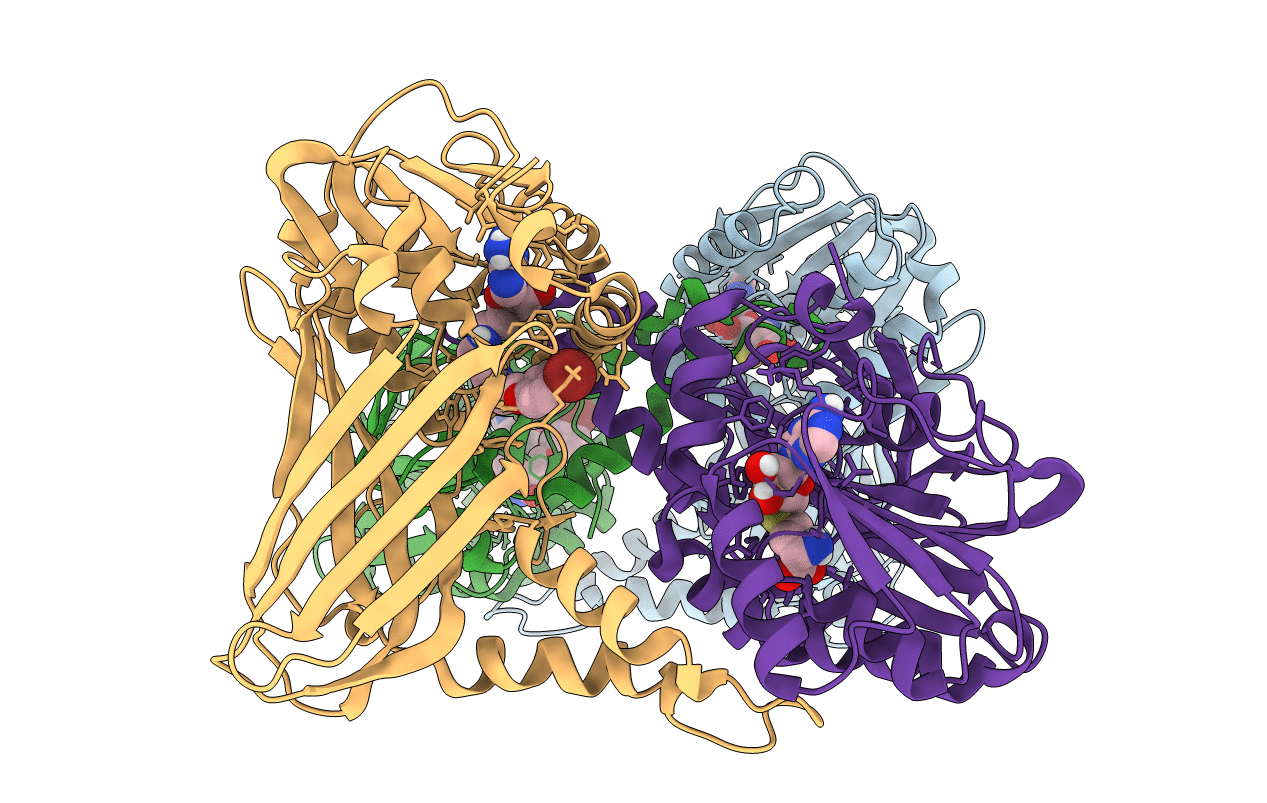
Deposition Date
2016-09-12
Release Date
2017-09-20
Last Version Date
2024-01-17
Entry Detail
PDB ID:
5LV3
Keywords:
Title:
Crystal structure of mouse CARM1 in complex with ligand LH1561Br
Biological Source:
Source Organism:
Mus musculus (Taxon ID: 10090)
Host Organism:
Method Details:
Experimental Method:
Resolution:
1.80 Å
R-Value Free:
0.20
R-Value Work:
0.17
R-Value Observed:
0.17
Space Group:
P 21 21 2


